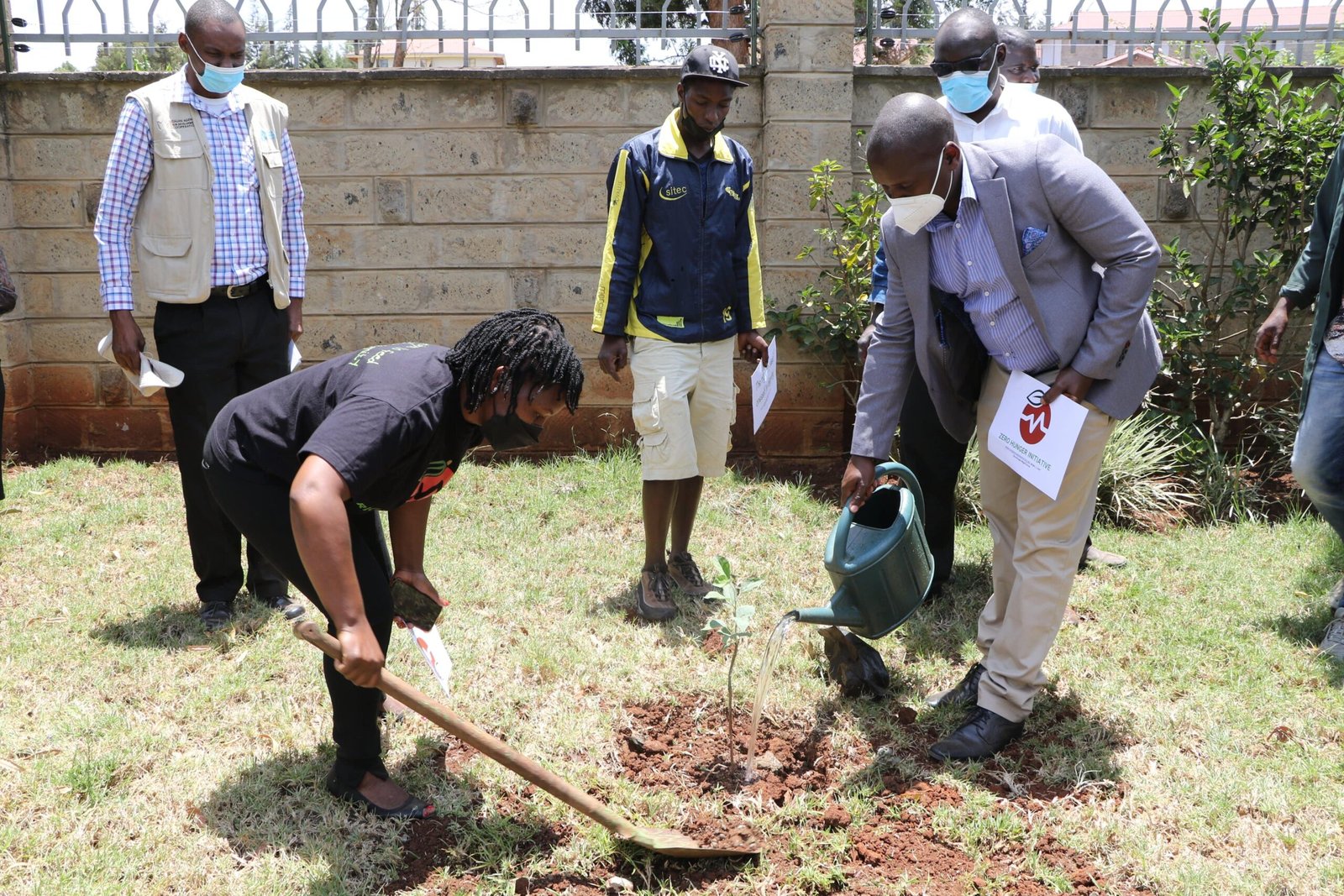Mangoes are also an excellent source of potassium, folate, fibre, and vitamins A, C, B6, E, and K and are rich in numerous plant polyphenols that have antioxidant and anti- inflammatory properties. But mangoes and other fruits are expensive and most parents in informal urban settlments cannot afford them.
Under Zero Hunger Initiative, parents are encouraged to plant fruit trees in their local schools and public spaces to support nutrition programmes in the learning institutions. In Nairobi, the Zero initiative targets public urban schools, especially those in informal settlements where malnutrition prevalence is high.


1 Comment. Leave new
An excellent initiative to combat hidden hunger. Keep it up